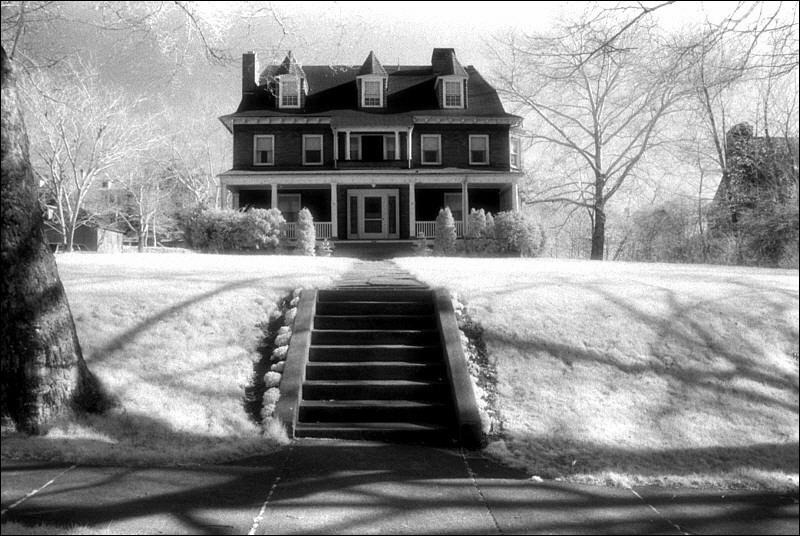nation_of_pomation
Established
Hi all,
I've been toying with the idea of shooting IR film and have some laying around (a roll of Kodak HIE I inherited, some Ilford SFX [I know it isn't real IR], and one or two other generic IR films intended for traffic cameras), and so I grabbed up 2 generic IR720 filters off eBay without thinking about it. I'm closer to having an excuse to try shooting some IR, but now I've got a couple of questions I can't seem to Google a straight answer to.
Any and all suggestions would be great! IR is a very cool but very intimidating-seeming type of photography, but I really want to try it.
I've been toying with the idea of shooting IR film and have some laying around (a roll of Kodak HIE I inherited, some Ilford SFX [I know it isn't real IR], and one or two other generic IR films intended for traffic cameras), and so I grabbed up 2 generic IR720 filters off eBay without thinking about it. I'm closer to having an excuse to try shooting some IR, but now I've got a couple of questions I can't seem to Google a straight answer to.
- Why can I see through the IR720 filter I have in 52mm, but not the one in 40.5mm? I thought they should have the same opacity, but they don't.
- Was IR720 the right way to go, or should I have picked higher wavelengths?
- How can I know if my lenses have a hotspot?
- Also, what is a hotspot, really? I had never heard of the term until I was dearching for answers a few minutes ago.
- Do IR films all have the same ISO sensitivity or no? Is there a chart or something that would explain it?
Any and all suggestions would be great! IR is a very cool but very intimidating-seeming type of photography, but I really want to try it.



